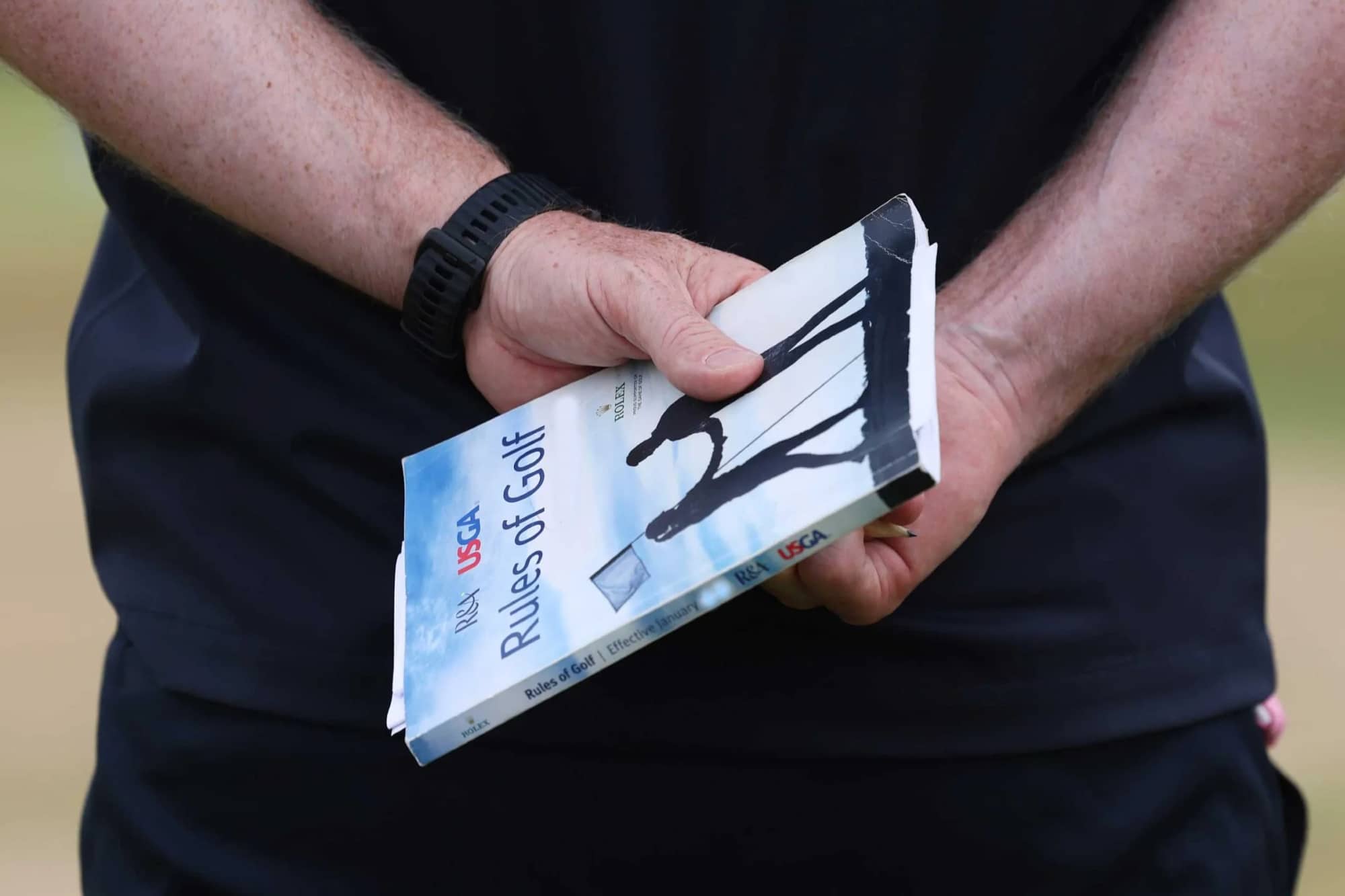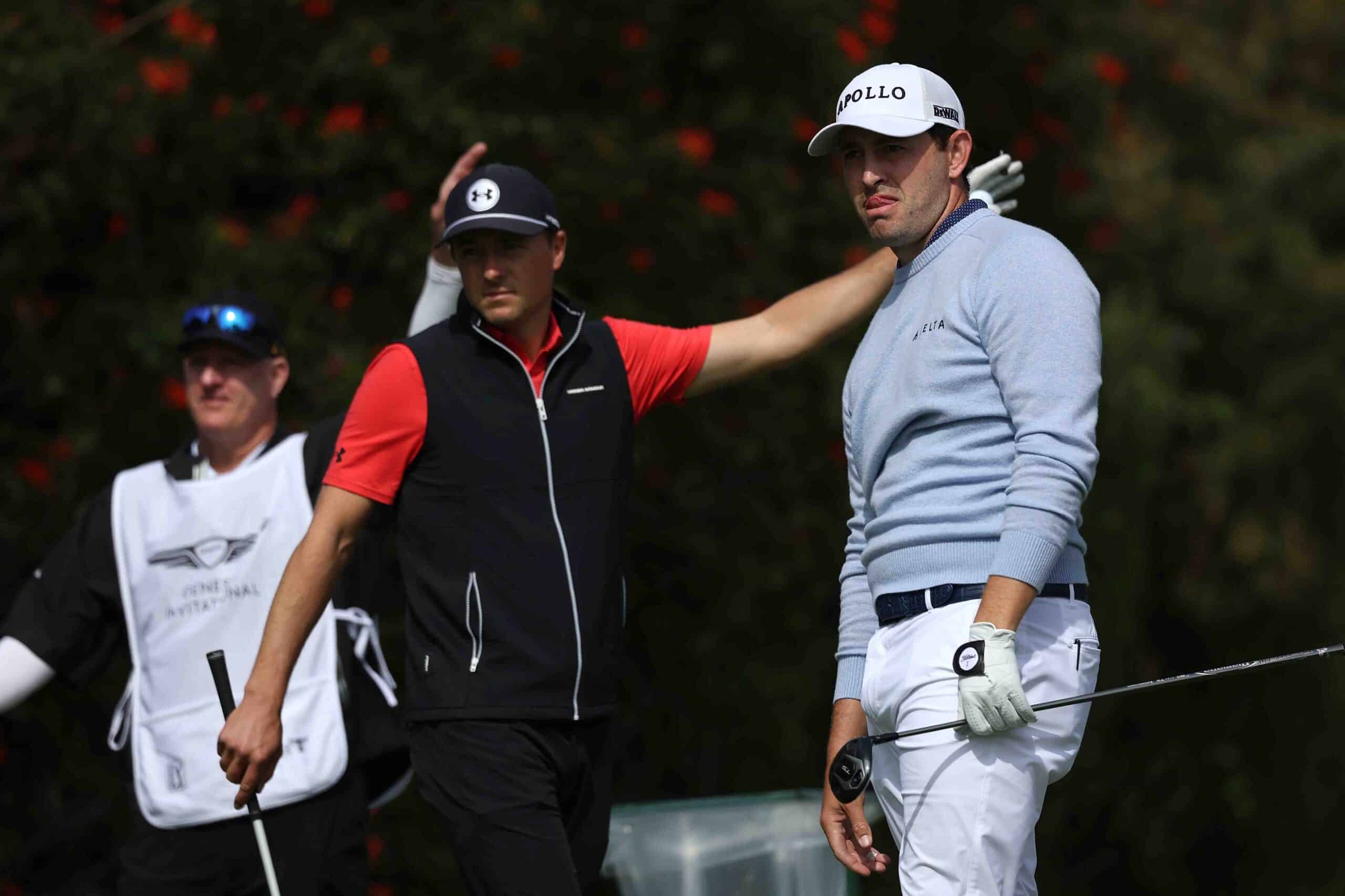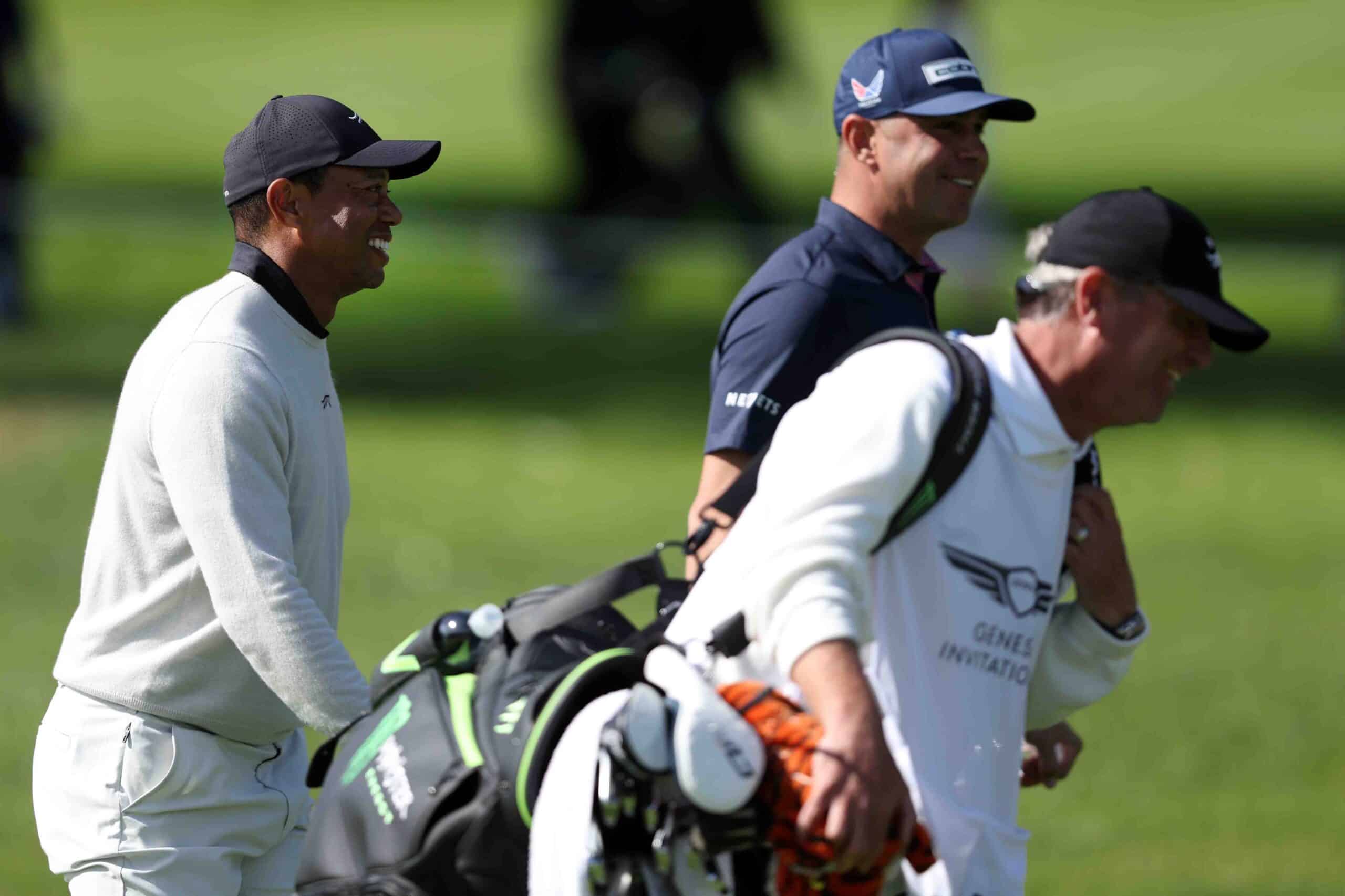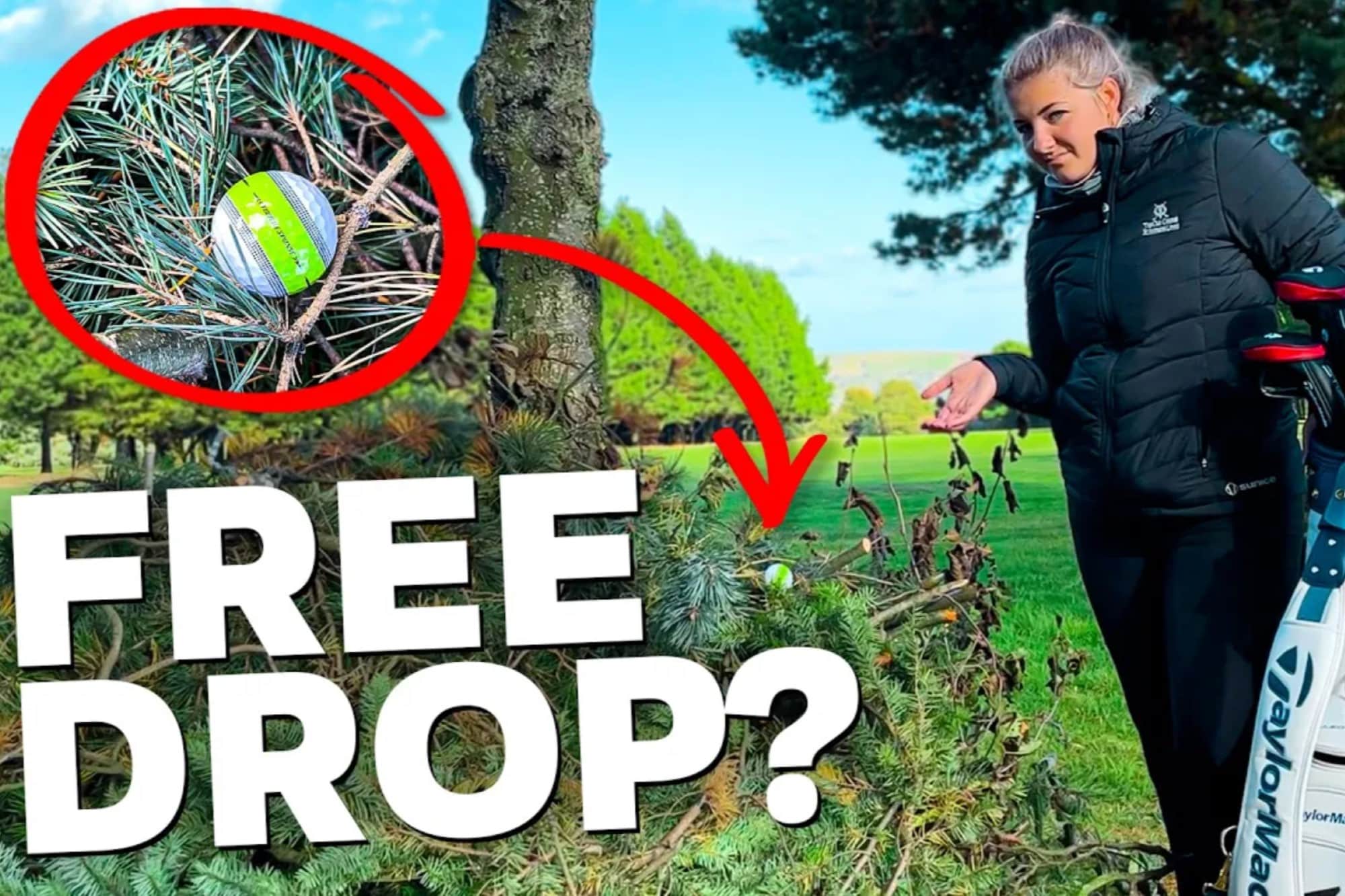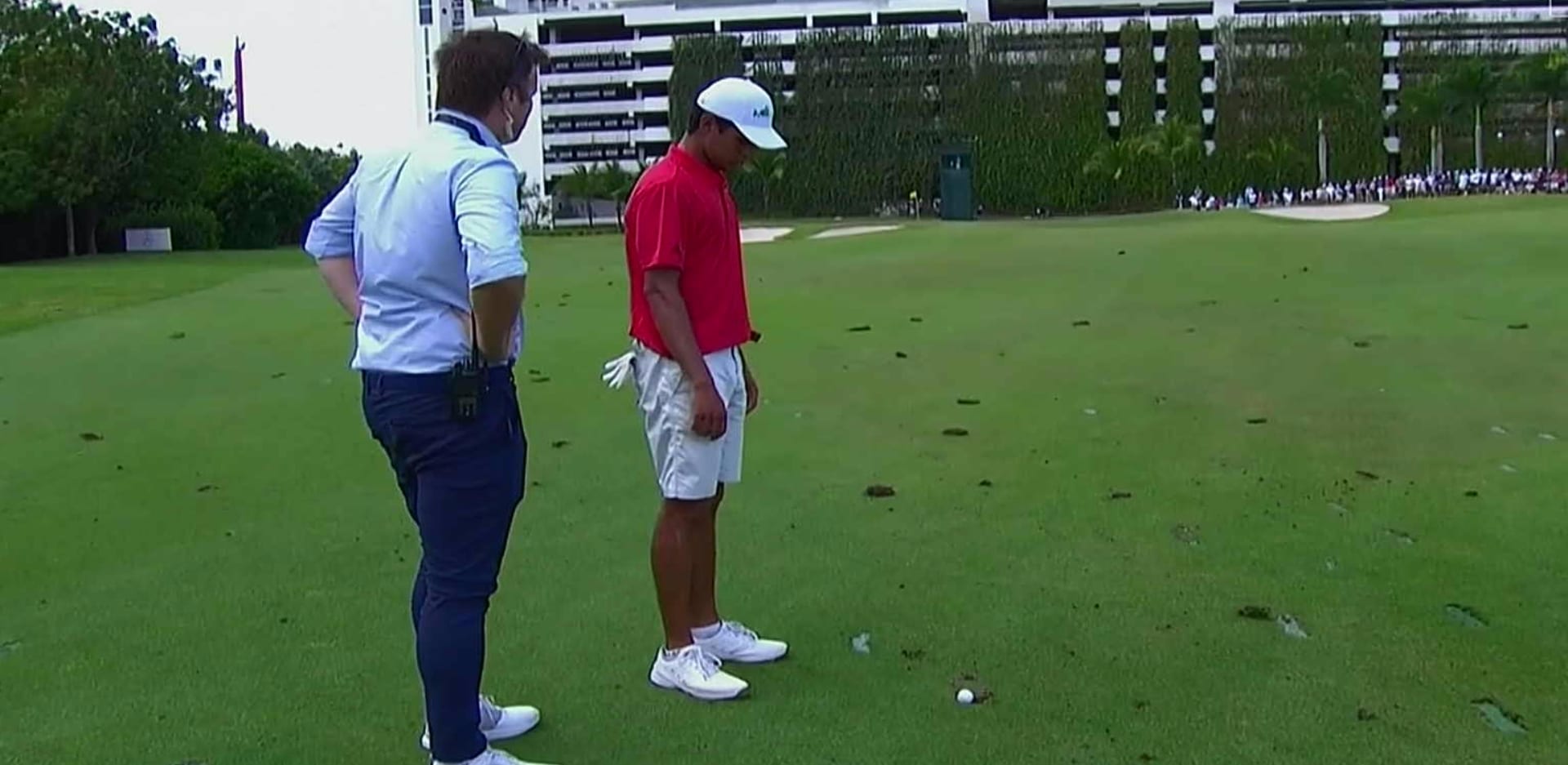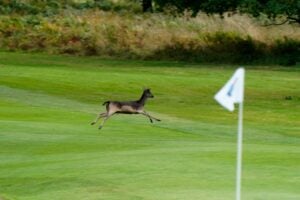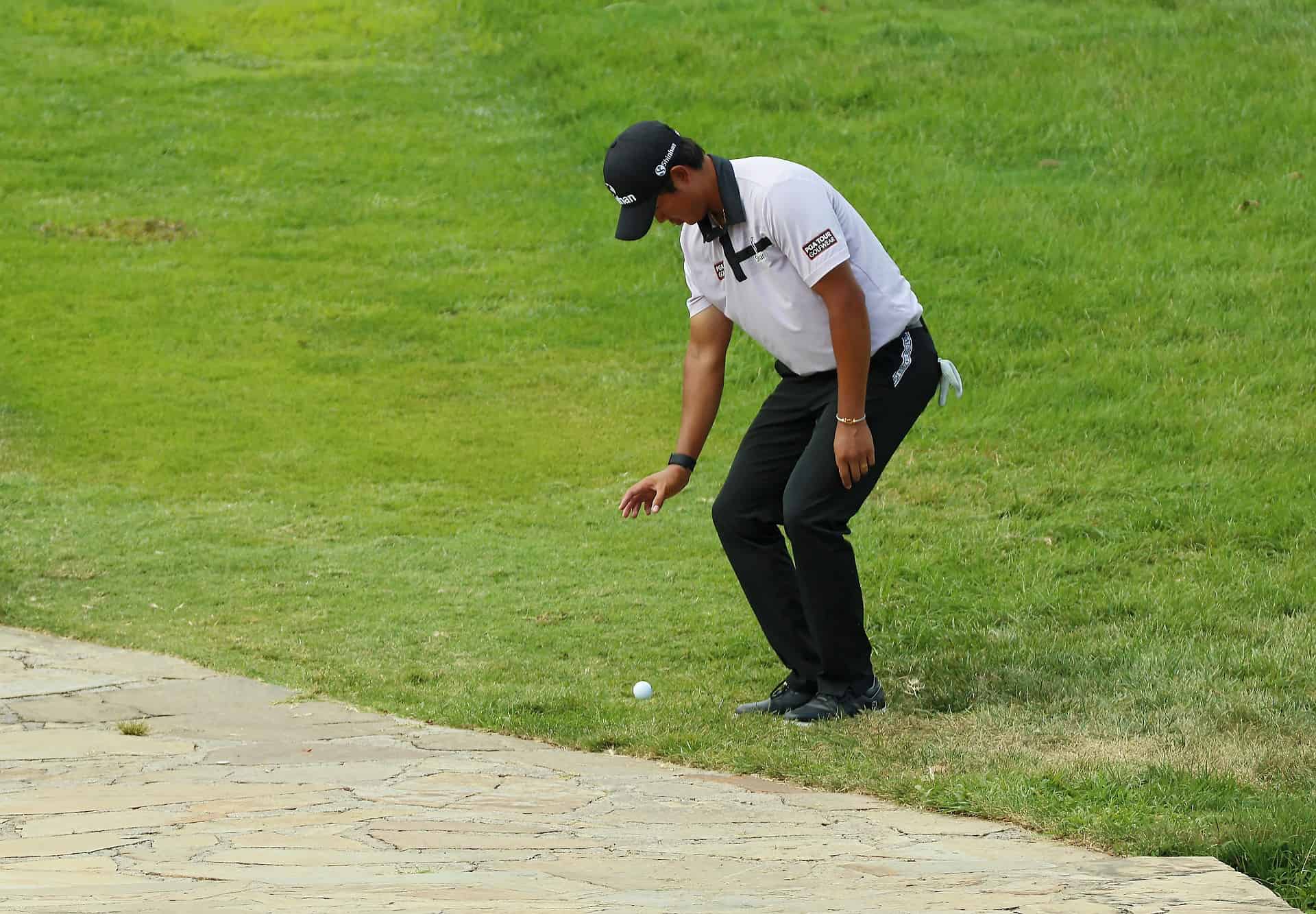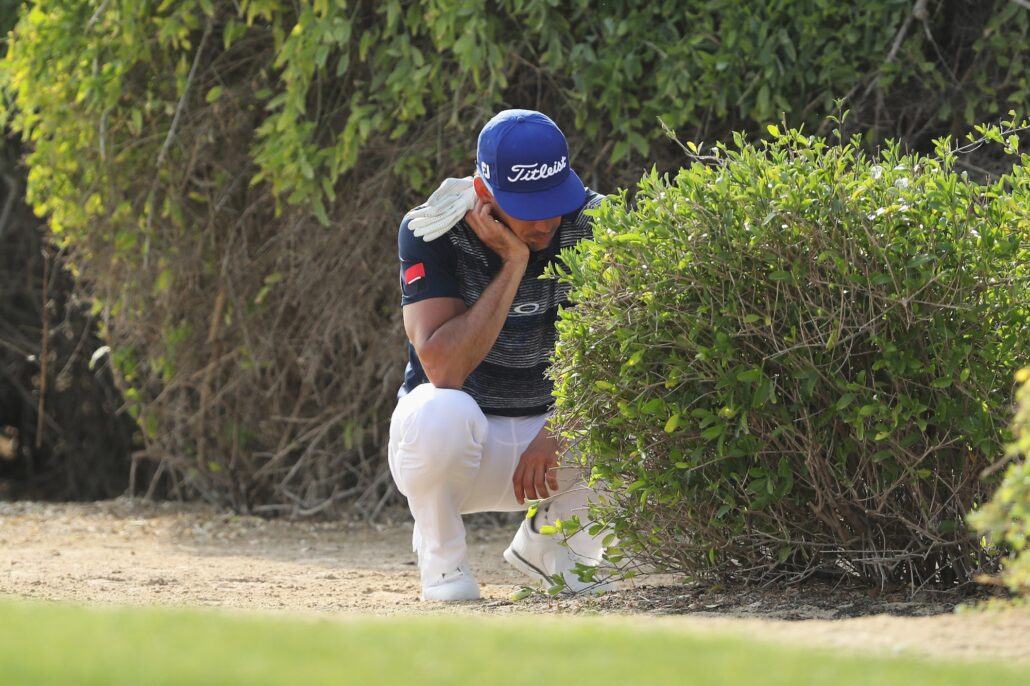
How to correctly identify your golf ball
You wouldn’t believe how many golfers still get this wrong, according to our Rules of Golf expert. So do you just pick it up and make sure it’s yours? There is more to locating your ball than meets the eye
“Hit it hard, go find it, and hit it again.” Arnold Palmer knew what he was talking about. Why make golf more complicated than it needs to be?
In a game that’s played over such a wide area, though, and with plenty of hazards and obstacles lurking for an errant shot, sometimes just locating your ball isn’t always that straightforward.
But the Rules of Golf have guidance in place to help make it easier, to ensure you can properly identify your ball, and deal with what happens if you inadvertently move it while you’re hunting it down.
So let’s get stuck into the magic and mysteries of Rule 7…
How to identify your golf ball
How do you find your ball?
It’s your responsibility to find your ball in play each time you make a stroke. Most of the time, you’ll come straight across it.
If you find yourselves tangled, though, there are a number of measures you can take in what’s termed a “fair search” for the ball.
You can shift sand and water, you can move and bend grass, bushes, tree branches and other “growing or attached natural objects”.
You can even break them. But the key here is that it is done as part of “reasonable actions” to find and identify the ball.
If that’s the case, you won’t pick up a penalty, even if what you do improves the conditions affecting the stroke.
But if your actions are not reasonable, the general penalty – two strokes in stroke play and loss of hole in match play – is coming for a breach of Rule 8.1.
But what is unlikely to be reasonable? A clarification to Rule 7.1a helpfully gives some examples. Say you break a tree branch when you could have reached the ball less intrusively, you’re going to be in trouble if that improved the conditions for your next shot.
It’s a bit different when it comes to locating a ball in the sand. Here, Rule 7.1b says you must recreate the original lie in the sand once you’ve found it. You can leave a small part of the ball visible if it had been completely submerged.
Make sure that if you’re ever in this position that you do recreate that lie. It’s the general penalty if you don’t.
How do you identify your golf ball?
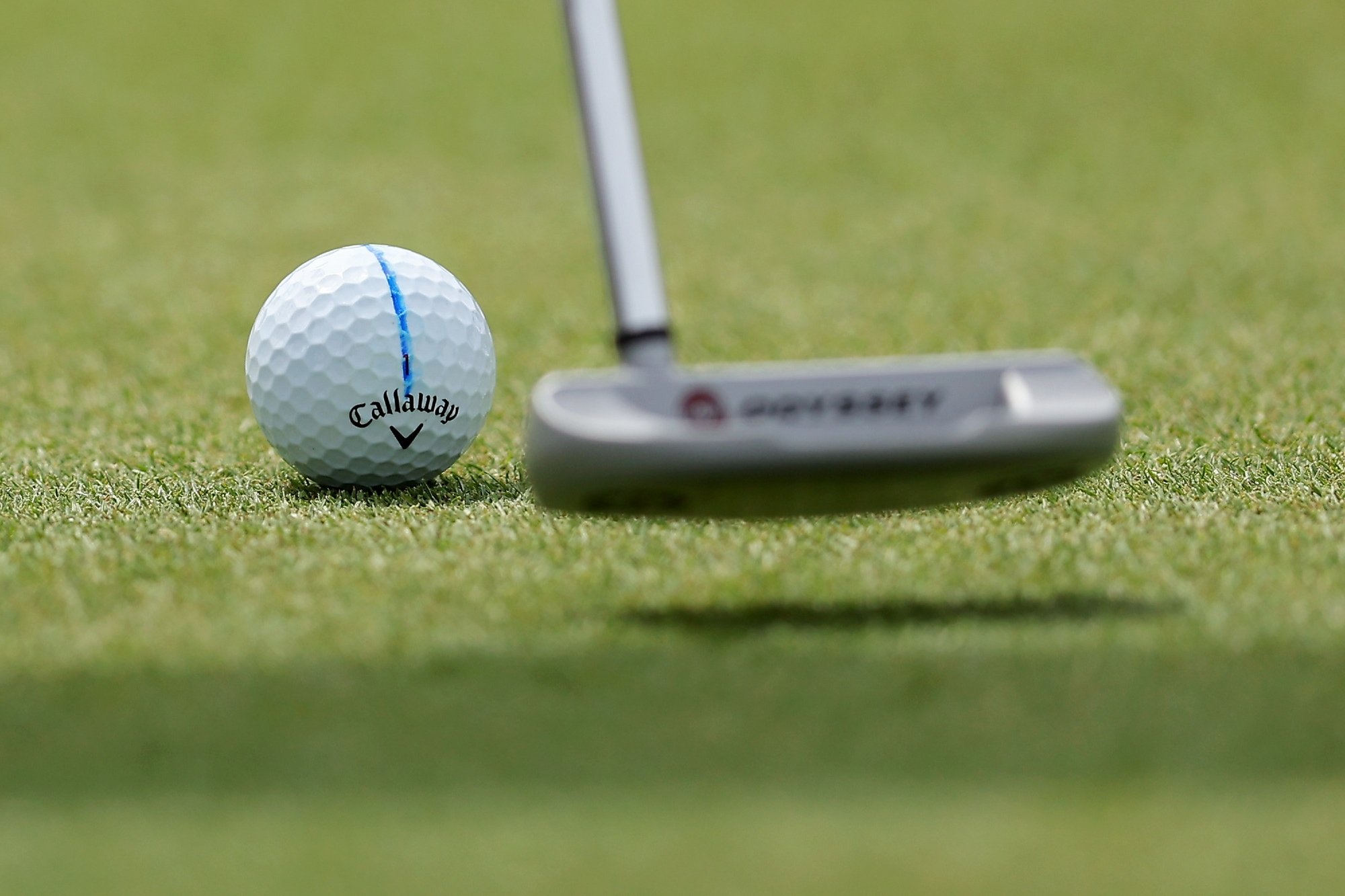
This is where it helps if you’ve clearly put your own stamp on it with an identifying mark as this is irrefutable evidence that the pearly white globe lying in front of you is your ball.
There are other ways, however, to identify your ball and they are outlined in Rule 7.2.
The first is if you, or anyone else, sees a ball comes to rest in a position where it’s known to be your ball.
Finding a ball of the same brand, model, number and condition around the place where it’s expected to be will also fit the bill, but – and this is why it helps to mark up your ball – if there’s an identical ball in the same area and you can’t tell them apart you’re in a bit of bother.
Can you lift your ball to identify it?
This is the most important part of this little rules education sojourn.
Everything up to now has been pretty straightforward, but in my short time as a referee I’ve saved numerous players from falling foul of this one. Some of them were playing off very low handicaps indeed. This is a rule club golfers come unstuck with more than anything else and yet it’s so easy to avoid.
Here goes. Turn your books to Rule 7.3. If you’ve come across a ball and you’re not sure whether it’s yours then, of course, you can lift the ball to identify it. You can even rotate it.
But you must, must, MUST (repeat this until you can recite it from memory) mark the spot of the ball first and you cannot clean it any more than is required to make sure it’s yours. Make sure you return it to its original spot.
If you don’t mark that spot before lifting, or clean the ball when not allowed, it’s a one-shot penalty.
You can’t just lift your ball in these circumstances anytime you like, either. Here’s the “reasonably necessary” bit again. If you pick it up and it wasn’t reasonably necessary to identify it, a one-shot penalty is also coming your way. This is not the case, though, when your ball is on the green.
What happens if you accidentally moved your ball when trying to find it?
We’ve all done this one – slashing away in an area of deep cabbage and, whoops, we’ve accidentally booted the ball and moved it.
There is not a penalty here. In fact, it doesn’t matter whether you moved it, your opponent did if it’s match play, or anyone else. If the ball is accidentally moved while either trying to find or identify it, simply put it back on its original spot and carry on.
You must do that last bit. If you play it from where you’ve unintentionally moved it, kicked it, or knocked it, you’ve played from a wrong place and you’re adding the general penalty to your scorecard.
What if you didn’t know where that spot was? Use your best guess. Rule 7.4 says if you don’t know the original spot of the ball, you estimate.
Steve Carroll

A journalist for 25 years, Steve has been immersed in club golf for almost as long. A former club captain, he has passed the Level 3 Rules of Golf exam with distinction having attended the R&A's prestigious Tournament Administrators and Referees Seminar.
Steve has officiated at a host of high-profile tournaments, including Open Regional Qualifying, PGA Fourball Championship, English Men's Senior Amateur, and the North of England Amateur Championship. In 2023, he made his international debut as part of the team that refereed England vs Switzerland U16 girls.
A part of NCG's Top 100s panel, Steve has a particular love of links golf and is frantically trying to restore his single-figure handicap. He currently floats at around 11.
Steve plays at Close House, in Newcastle, and York GC, where he is a member of the club's matches and competitions committee and referees the annual 36-hole scratch York Rose Bowl.
Having studied history at Newcastle University, he became a journalist having passed his NTCJ exams at Darlington College of Technology.
What's in Steve's bag: TaylorMade Stealth 2 driver, 3-wood, and hybrids; TaylorMade Stealth 2 irons; TaylorMade Hi-Toe, Ping ChipR, Sik Putter.


